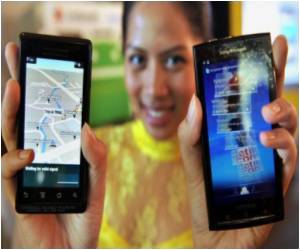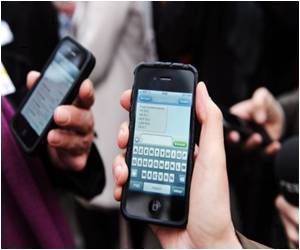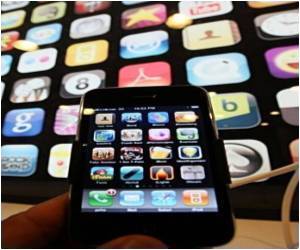As now they watch shows and movies on the Internet, sometimes via cellphone connections, a growing number of people in the US have stopped paying for cable and satellite TV service.

There are 5 million of these residences in the U.S., up from 2 million in 2007, Fox news reports.
Dennis Wharton, a spokesman for the National Association of Broadcasters said over 130 TV stations in the U.S. are broadcasting live TV signals to mobile devices, but few people have the tools to receive them.
Most cellphones require an add-on device known as a dongle, but these gadgets are just starting to be sold.
The report pointed out that the Zero TV segment is increasingly important, because the number of people signing up for traditional TV service has slowed to a standstill in the U.S.
Last year, the cable, satellite and telecoms providers added just 46,000 video customers collectively, according to research firm SNL Kagan.
Advertisement
While it's still 100.4 million homes, or 84.7 percent of all households, it's down from the peak of 87.3 percent in early 2010, the report said.
Advertisement









